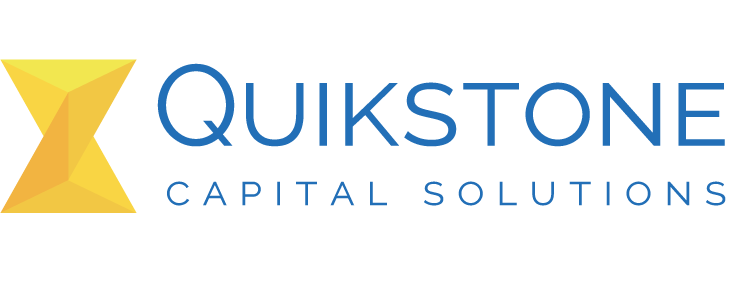 Running a small business means every dollar counts. While revenue growth often takes center stage in business planning, smart expense management can be just as powerful for boosting your bottom line. The difference between a thriving business and one that barely survives often comes down to how well you control costs without sacrificing quality or growth potential.
Running a small business means every dollar counts. While revenue growth often takes center stage in business planning, smart expense management can be just as powerful for boosting your bottom line. The difference between a thriving business and one that barely survives often comes down to how well you control costs without sacrificing quality or growth potential.
Audit Your Current Expenses
Before you can effectively cut costs, you need a clear picture of where your money goes. Conduct a thorough expense audit by reviewing at least three months of financial statements and categorizing every expense. Look for patterns, recurring charges you forgot about, and services you're no longer using.
Create categories for fixed costs (rent, insurance, loan payments), variable costs (utilities, supplies, marketing), and discretionary spending (subscriptions, memberships, entertainment). This exercise often reveals surprising money drains that you can eliminate immediately.
Negotiate Better Terms With Suppliers
Start by researching market rates for the products and services you purchase regularly. Armed with this information, approach your current suppliers about better pricing, extended payment terms, or volume discounts. Even if you don't qualify for volume discounts now, ask about thresholds that would trigger better pricing and work toward those goals.
Consider establishing relationships with multiple suppliers for critical items. Don't overlook payment terms as a negotiation point. Extended payment terms improve your cash flow, while early payment discounts can provide immediate savings if your cash position allows.
Leverage Technology For Efficiency
Technology investments often pay for themselves quickly through improved efficiency and reduced labor costs. Look for automation opportunities in repetitive tasks like data entry, invoice processing, customer communications, and inventory management.
Cloud-based software solutions typically cost less than traditional installed software when you factor in maintenance, updates, and IT support. These solutions also scale with your business, allowing you to pay only for what you need.
Rethink Your Marketing Strategy
Marketing is essential for growth, but many small businesses waste money on ineffective channels or campaigns that don't generate measurable results. Audit your marketing spend and eliminate strategies that don't provide clear returns on investment.
Focus on organic marketing strategies that require time rather than money. Content marketing, social media engagement, email marketing, and search engine optimization can generate leads at a fraction of the cost of paid advertising when executed consistently.
Reduce Insurance Costs Without Sacrificing Coverage
Insurance is a necessary expense, but many businesses pay more than required or carry unnecessary coverage. Business liability, property, auto, and workers' compensation insurance can often be packaged together for significant savings.
Increase your deductibles to lower premium costs, but make sure you have adequate reserves to cover the higher out-of-pocket expenses if claims occur. This strategy works best for businesses with good safety records and stable cash flow.
Streamline Your Banking And Financial Services
Banking fees and financial service costs can accumulate quickly for small businesses. Review your banking relationships and fee structures to identify opportunities for savings.
Compare business checking accounts from multiple banks, focusing on monthly fees, transaction limits, and additional service charges. Many online banks offer competitive business accounts with lower fees than traditional banks.
Implement Inventory Management Best Practices
Poor inventory management ties up cash and leads to waste through spoilage, obsolescence, or storage costs. Implement systems to track inventory levels, sales patterns, and supplier lead times to optimize your ordering.
Use just-in-time ordering principles to reduce the amount of capital tied up in inventory. This approach requires reliable suppliers and good demand forecasting, but can significantly reduce carrying costs.
Monitor And Adjust Regularly
Cost-cutting isn't a one-time activity. Implement systems to regularly review your expenses and identify new opportunities for savings. Track key performance indicators related to your cost-cutting efforts, such as expense-to-revenue ratios, profit margins, and cash flow metrics.
Stay informed about new technologies, services, and market conditions that could affect your costs. What works today may not be optimal six months from now as business conditions and available solutions evolve.
Quikstone Capital Solutions has officially reached its 20th anniversary, a moment that reflects two decades of dedication to supporting small businesses across the country. If you need cash for your business, contact us today. We have only one goal: to help your business succeed.





